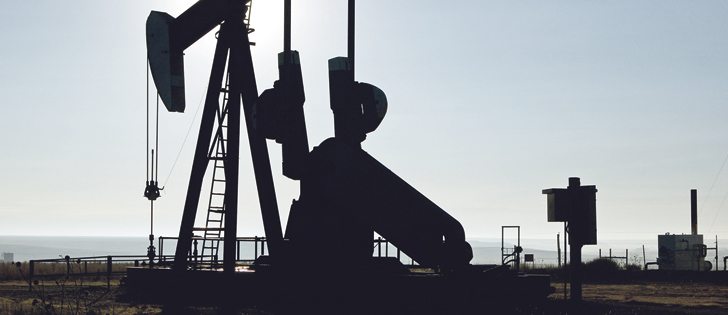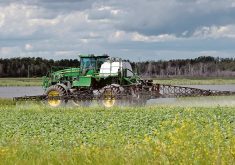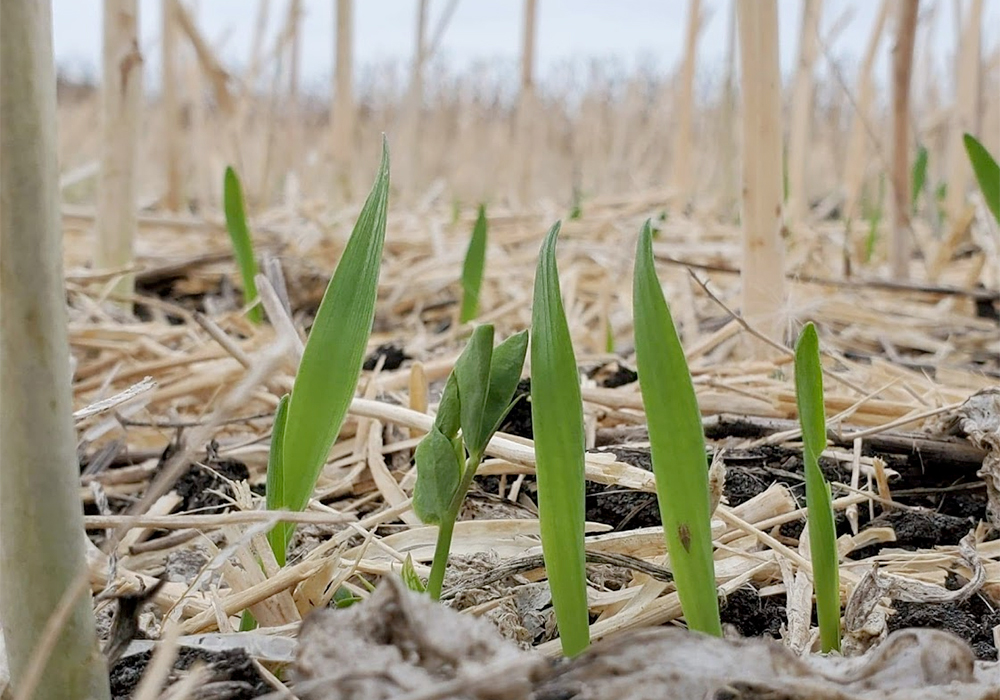There were more than 1,400 orphan wells in Alberta at the end of September.
It’s the Orphan Well Association’s job to deal with abandoned pipelines and oil and gas wells, and these abandoned sites are likely to grow in number as the energy sector continues to suffer.
“Because of low commodity prices, companies are struggling, and what you would think of as a viable company are starting to go out of business,” said executive director Pat Payne.
“Properties that are actually well managed are starting to become orphans.”
Read Also

Manitoba community projects get support from HyLife
HyLife Fun Days 2025 donated $35,000 each to recreation and housing projects in Killarney, Steinach and Neepawa earlier this fall.
The association had previously had an average of 45 wells in inventory, but a big leap occurred last year when the number of orphans jumped to 705.
“Currently at the end of September, we had over 1,400 wells,” she told Synergy Alberta’s annual meeting, which was held in Calgary Nov. 7-8.
Synergy Alberta is a provincial society for local landowner groups and energy companies to work together, while the orphan well association is a non-profit that receives funding from energy companies. It received $12 million in 2012, but the companies agreed to boost the fund to $30 million last year.
“We have a lot more work and a lot less money, proportionately,” she said.
Half the budget is spent dealing with abandoned wells and pipelines.
The Alberta Energy Regulator investigates these sites and designates them as orphans if it cannot find a financially viable owner. There is an attempt to sell productive oil or gas wells if a company goes into receivership, but others may be abandoned.
The orphan well group then gets to work decommissioning sites to ensure that public safety and the environment are protected. Wells must be sealed and capped. The surrounding area may require decontamination, remediation and reclamation
Payne said this can be expensive.
Some wells are in reasonable condition, while others have been abandoned with a proliferation of weeds and debris.
Orphan wells are among the trending issues for the Farmers’ Advocate office, said Michele Del Colle.
Her office also hears complaints about rental reduction or non-payment, weed control, energy companies going bankrupt and surface rights board applications.
Dealing with those issues is part of a newly released Landowners Guide to Oil and Gas Development.
Published by the Pembina Institute, it is the third edition and includes detailed information for landowners who may be dealing with an oil or gas company for the first time.
“The landscape of oil and gas in Alberta has changed fundamentally,” said Nikki Way of the non-profit group, which promotes responsible energy development.
The reference book is free and available in printed form or online.
It provides comprehensive information from the time a project is proposed in an area until decades later when it is completed and remediation must take place.
It is a third party document that provides the kinds of questions landowners should ask and offers detailed information on what to expect when a land agent approaches them.
In consultation with landowner groups and industry, the authors noted trends in the kind of advice farmers and ranchers may need in dealing with modern energy development.
Laypeople often don’t know where to start and may feel powerless when subsurface work starts on their property.
“Landowners are asked to compromise and take on a risk they did not ask for,” Way said.
Changes have occurred with technology such as hydraulic fracturing, more wells on one pad and bigger sites with more disturbance, waste management, a new regulator and liabilities such as dealing with orphan wells or weed control.
“It is an evolving conversation about how these liabilities are being managed,” she said.
The book advises people to build relationships early on with neighbours, companies and regulators when a development is proposed in their area.
People often wait too long to voice concerns, and a company is less likely to listen once the project is underway.
The book advises landowners to document everything in writing and take into consideration personal plans about the affected land. A house may have been planned for the future, but that idea may be squashed once a development goes ahead.
The book also includes a detailed appendix with references to Alberta legislation and directives.
For more information, visit www.pembina.org/landowners and www.orphanwell.ca.
















